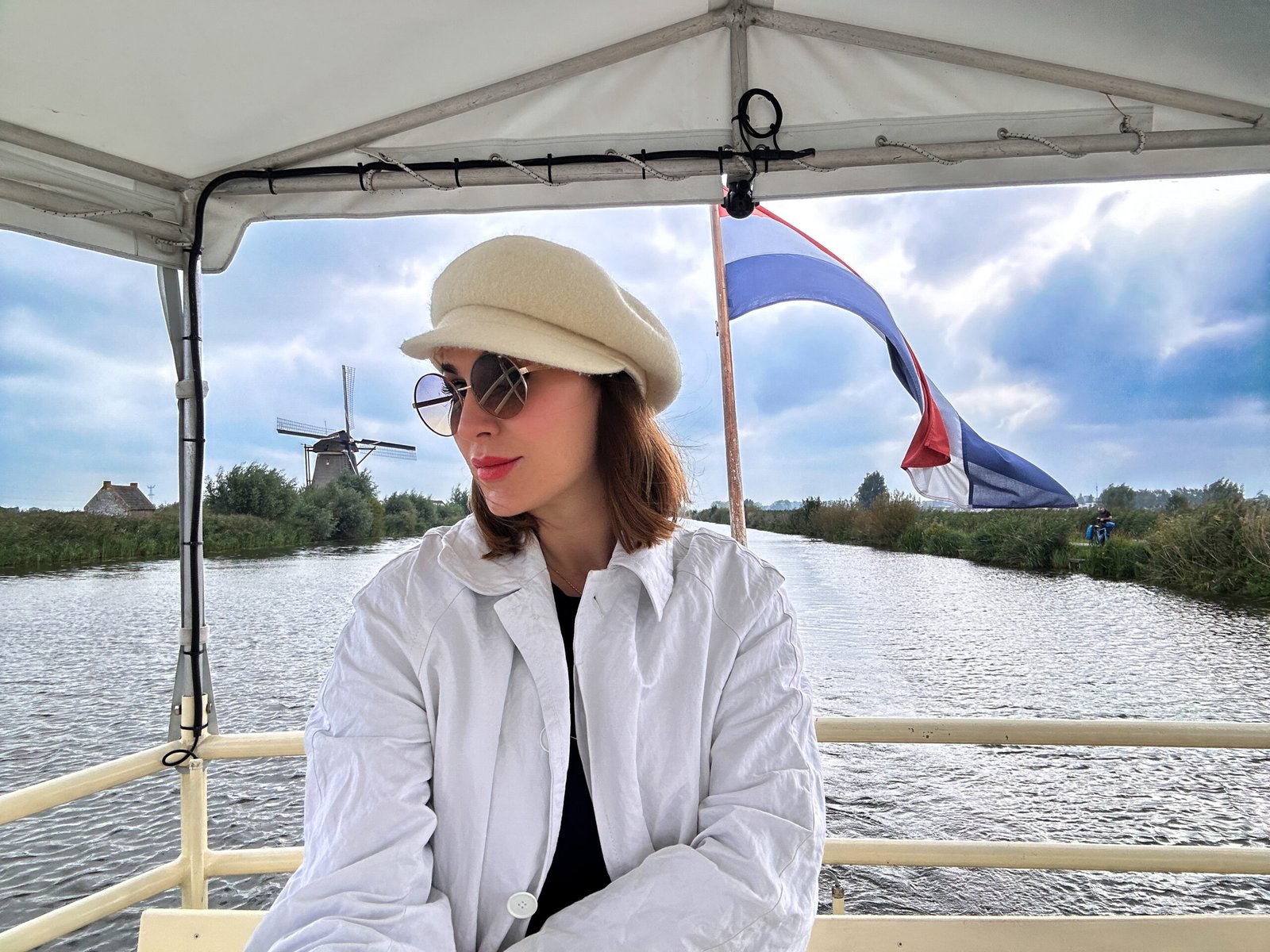
Kinderdijk: A Day Trip to Holland’s Iconic Windmills
When you think of Holland, what pops into your mind? Tulips? Cheese? Well, if you’re like most, windmills are high up on that list. And there’s no better place to see them than Kinderdijk! It’s the windmill capital of the world, with 19 mighty structures lined up like sentinels watching over the landscape. If you’re a fan of extraordinary feats of engineering set against scenic backdrops, buckle up—you’re in for a treat.
If you’ve got a soft spot for history, engineering, or just breathtaking views that scream “Insta-worthy,” then Kinderdijk should be at the top of your travel list.
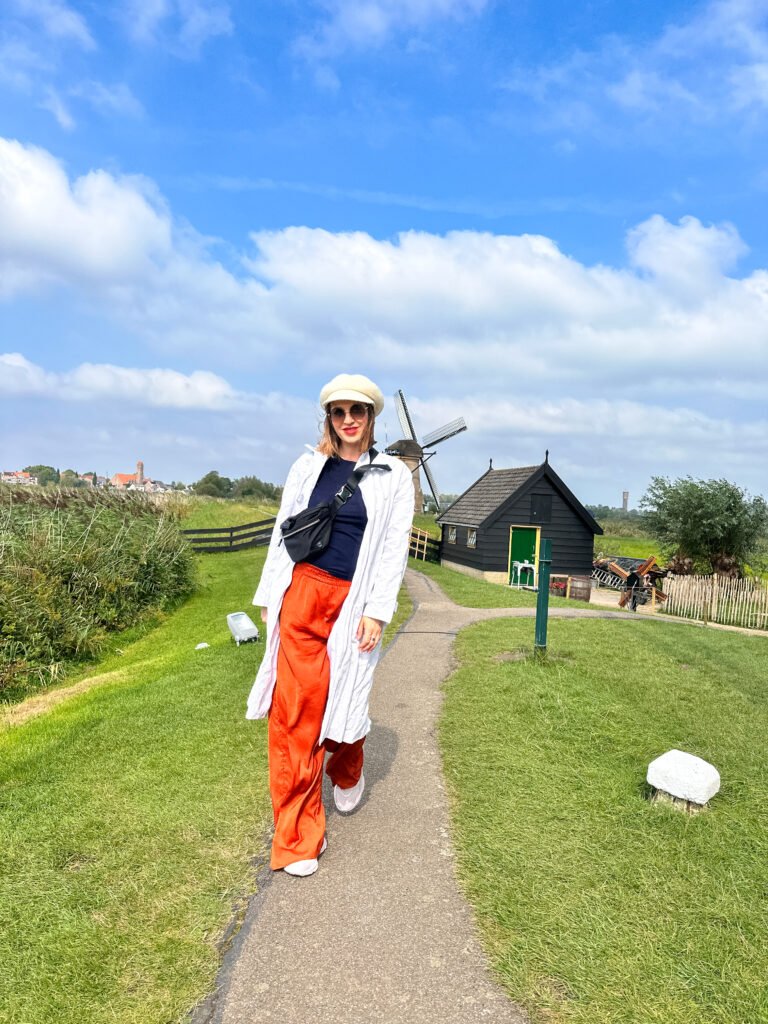
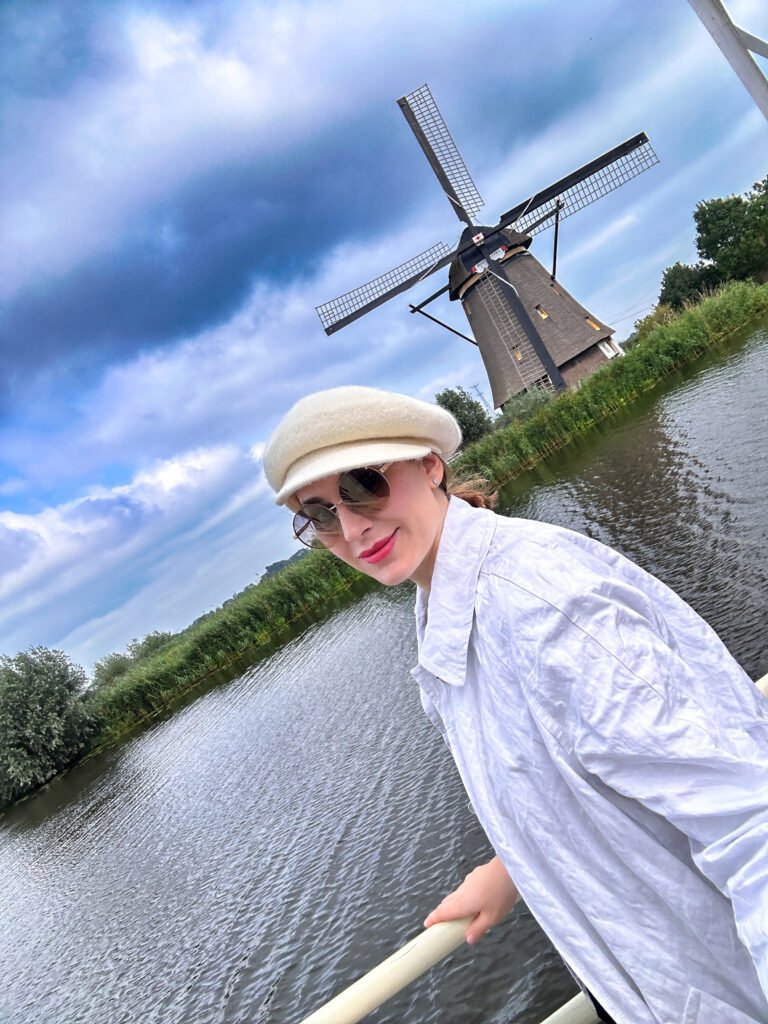
Why You Need Kinderdijk on Your Must-Visit List
Capture the Essence of the Netherlands
Nowhere else in the world will you find so many windmills clumped together, each with its own story to tell.
Visiting Kinderdijk isn’t just about snapping Instagram-worthy pics (though there’ll be plenty of those!). It’s about experiencing a crucial part of Dutch culture and history. These windmills aren’t just structures; they’re storytellers, each with tales of innovation and resilience.
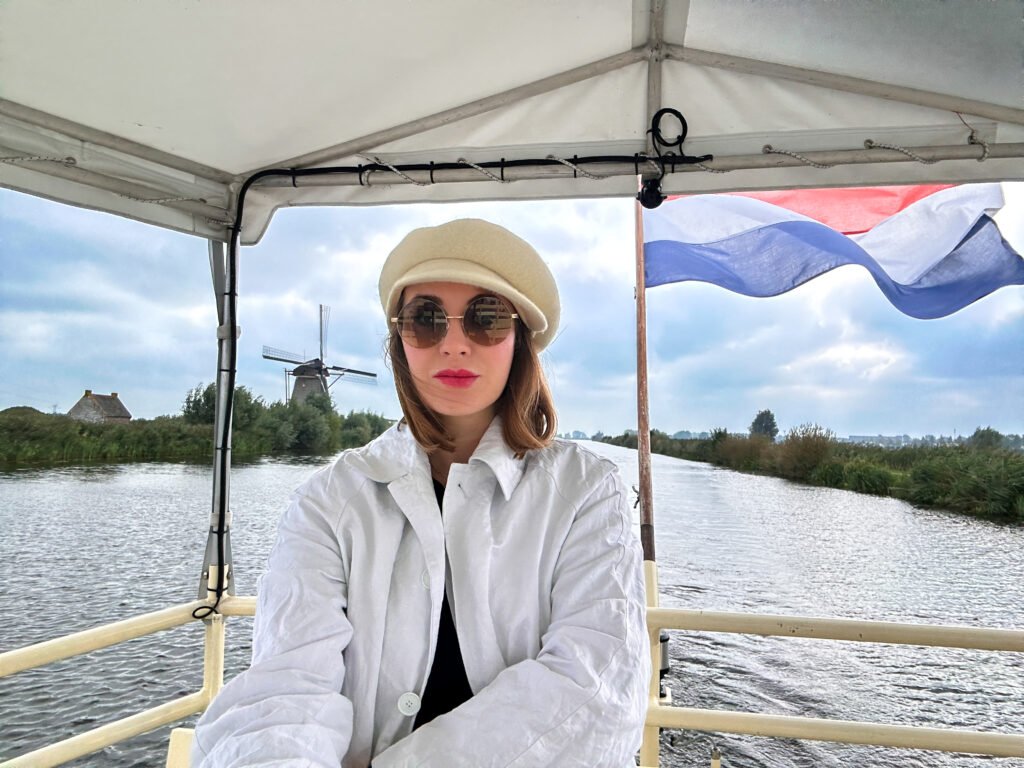
Discovering Kinderdijk’s Windmill Wonderland
Why did Kinderdijk become the windmill capital of the world? The answer lies beneath the surface—literally! Much of the Netherlands is below sea level, making flood management a critical part of daily life. Located at the meeting point of the Lek and Noord rivers, Kinderdijk had no choice but to master water management. The 19 windmills are part of an intricate system designed to control water levels and reclaim land. Thanks to these mills, what was once prone to flooding became arable and habitable land. They symbolize the Dutch battle against water and nature’s whims.
Kinderdijk’s Whimsical Backstory
The name means “children’s dam,” inspired by a legendary flood story from 1421. After a severe flood, locals found a cradle floating on the water with a cat balancing on it—jumping side to side. And inside? A peacefully sleeping baby!
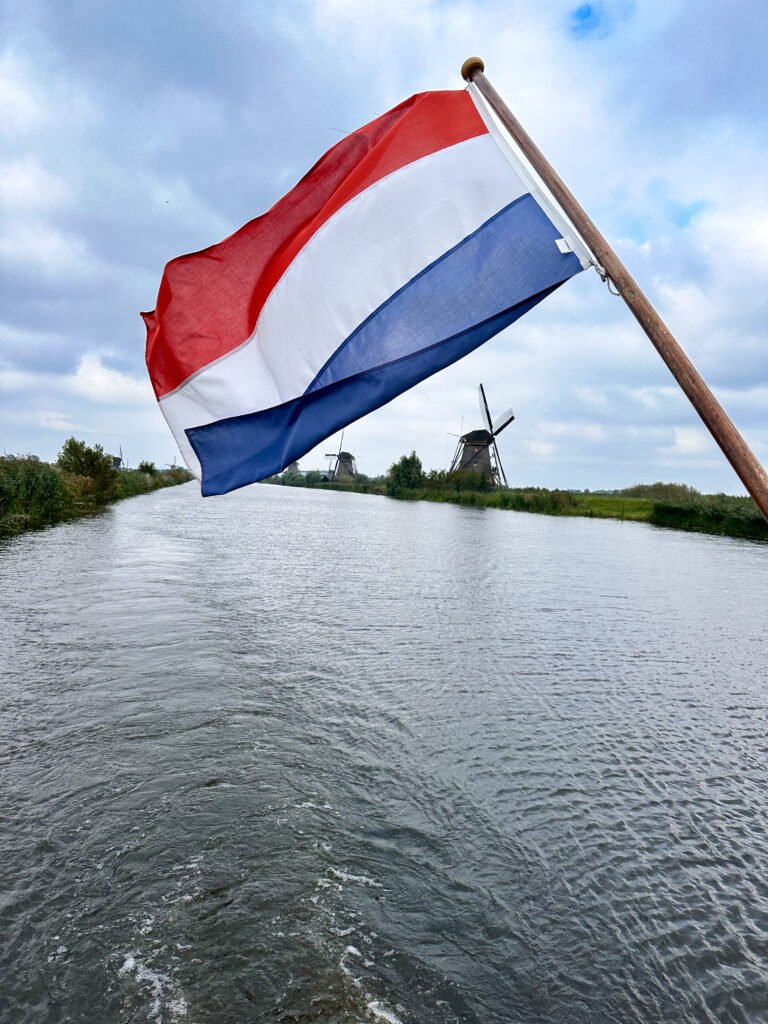
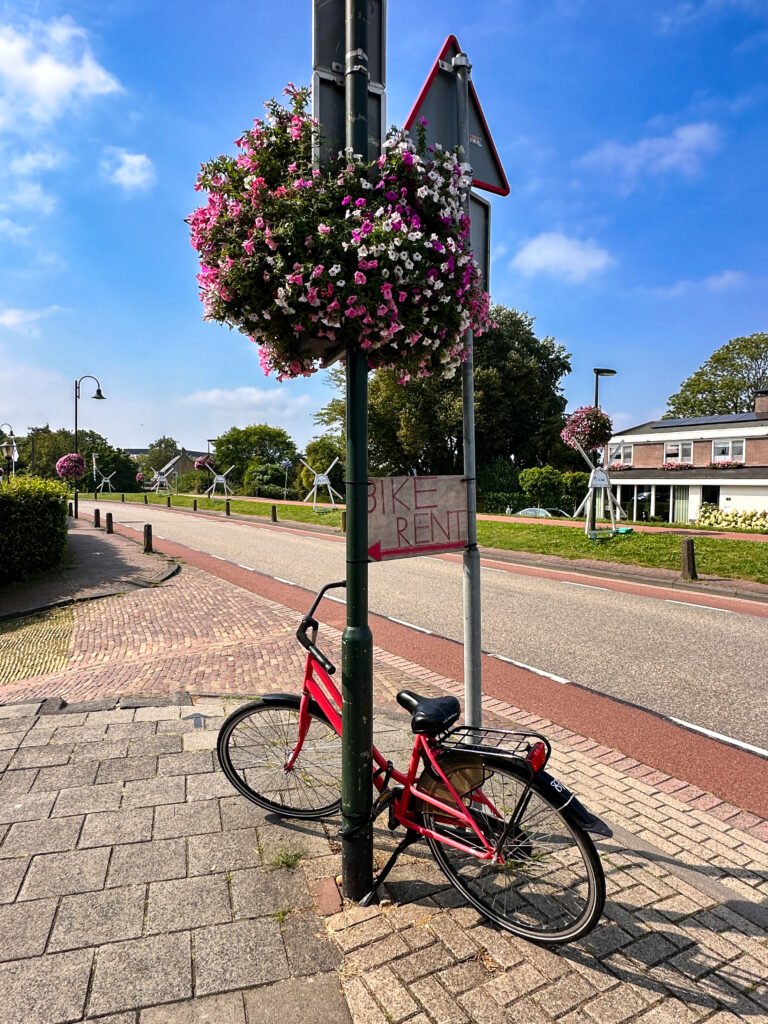
Why All These Windmills?
The Netherlands isn’t just called the “Lowlands” for fun. Much of the country is below sea level, meaning flooding is a big deal. Kinderdijk, sitting at the confluence of the Lek and Noord rivers, was a flood zone. Residents built 19 windmills to keep the water at bay, grinding into history with their ingenuity. Today, they stand proudly, immortalized as a UNESCO World Heritage site.
The Ingenious Dutch Way to Keep It Dry
To live in the Netherlands is to do battle with water. Kinderdijk residents took this challenge literally, building dams and canals to reclaim land. The windmills were key players in this hydrological tug-of-war, pumping out water with gusto. Thanks to these feats of engineering, the area was transformed from soggy fields into fertile farmland
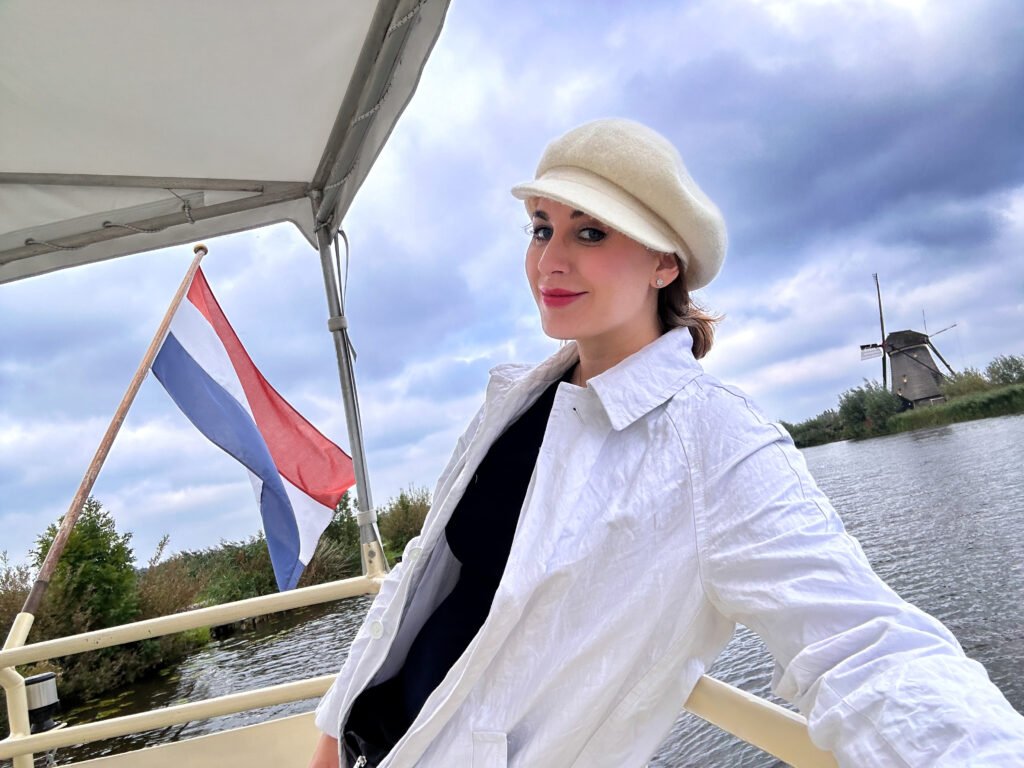
What Do the Windmills Do Now?
Wondering what the windmills get up to these days? Two of them operate as museums, each a peek into the past. The rest? They’re still privately owned, and yep, some are even lived in! Imagine calling a windmill home! If you’re visiting, entrance to the park is free. But for a more immersive experience, visit the museums for 8 euros or take a boat ride for 5.5 euros.
Fun on Ice – Winter in Kinderdijk
Ever wondered what happens at Kinderdijk when winter rolls in? Well, when the canals freeze over, residents switch from milling to skating!
Kinderdijk: Visiting Tips
Good news for budget travelers—the park itself is free to enter. Feel like exploring those museum mills or taking a boat ride along the canals? It’ll cost you 16 euros and you can visit the museums and take a canal cruise. Want to pedal around and take it all in at your own pace? Rent a bike for just 3 euros an hour. It’s a steal for an experience like this.
Getting to Kinderdijk
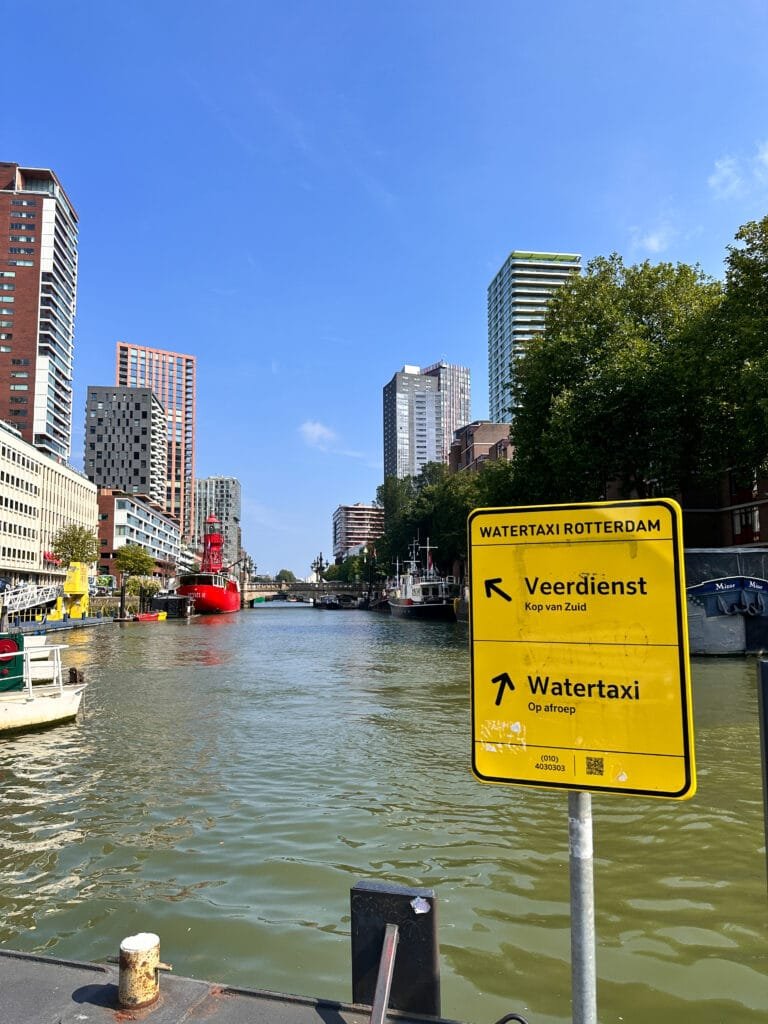
Getting to Kinderdijk is a breeze. If you’re coming from Rotterdam, it’s just about 15 kilometers away. Buses run daily from Rotterdam Central Station and Zuidplein Station, making public transport a convenient option. If you’re driving, simply take the A16 and then exit onto the A15. Easy peasy!
Or take a water taxi from Rotterdam and get a mini water tour of Rotterdam as a bonus!

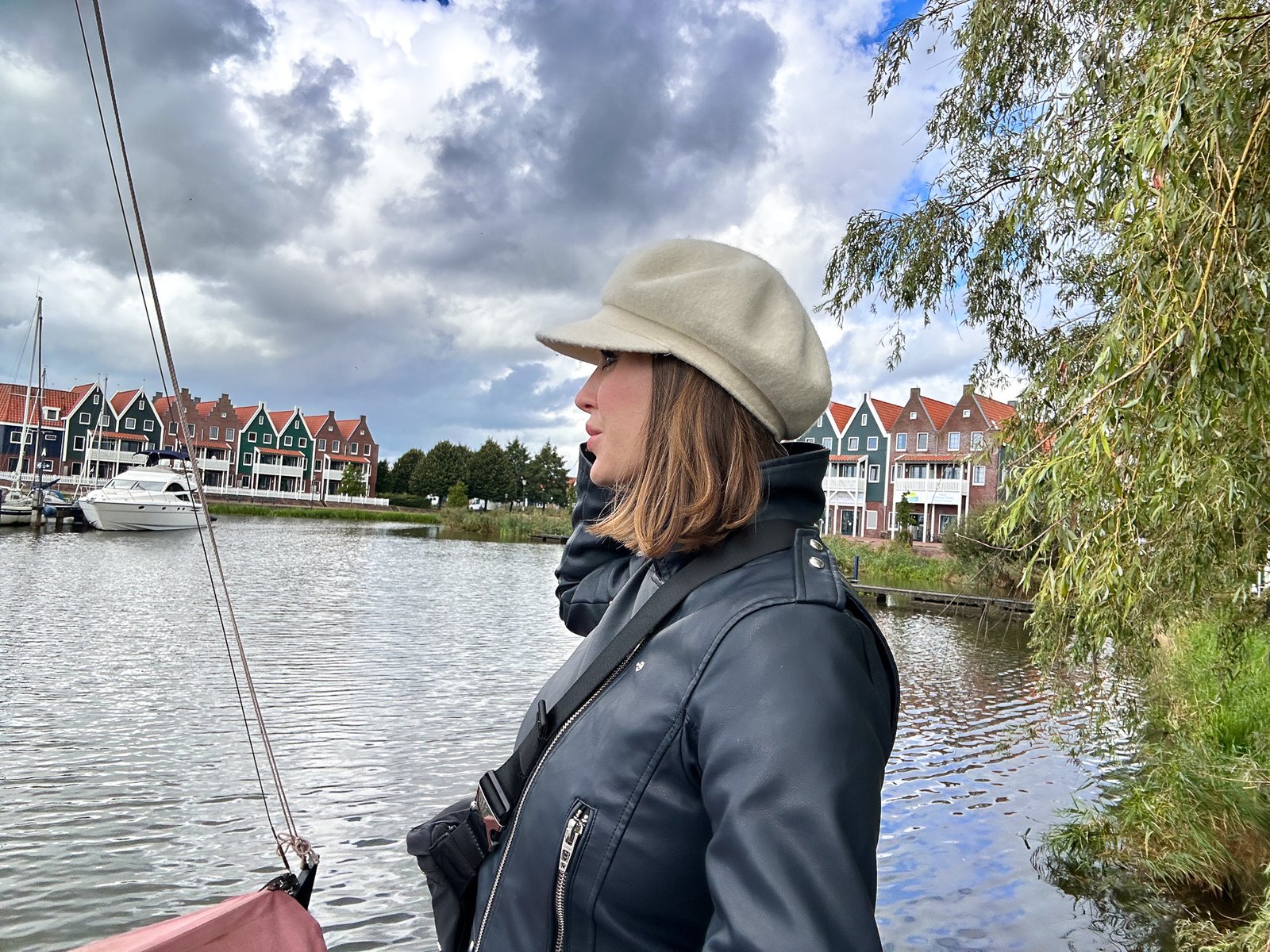
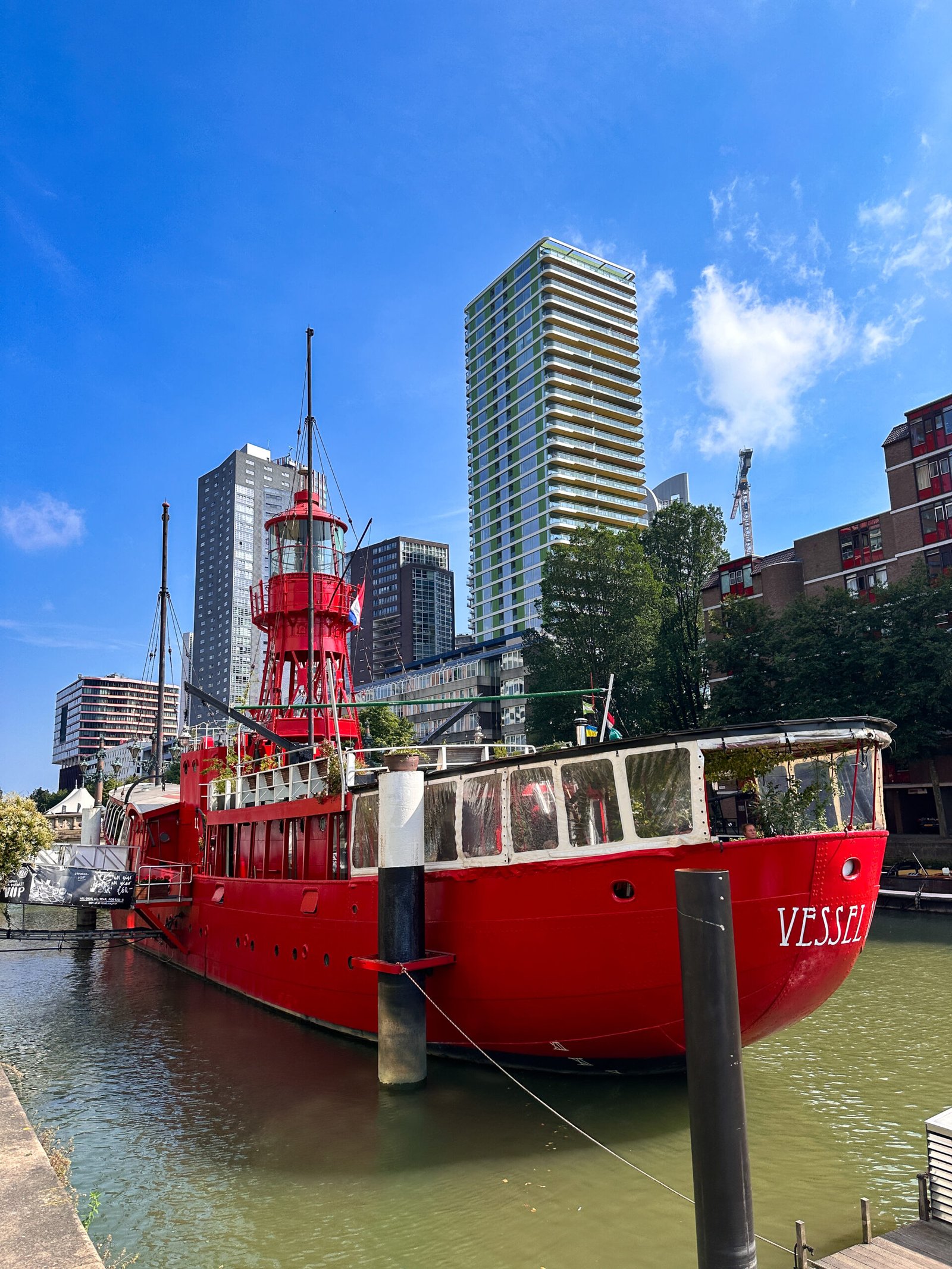
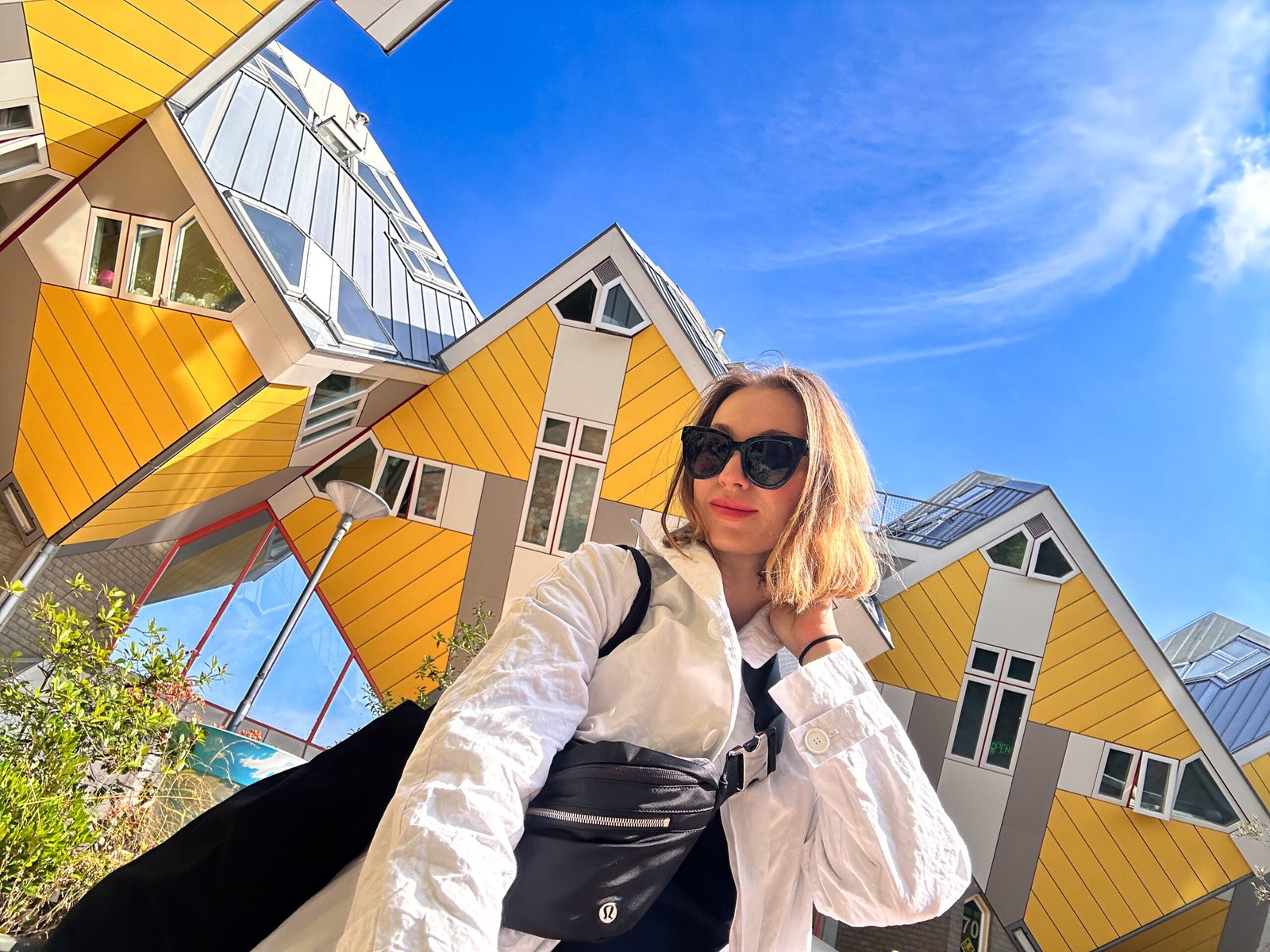

Leave a Reply